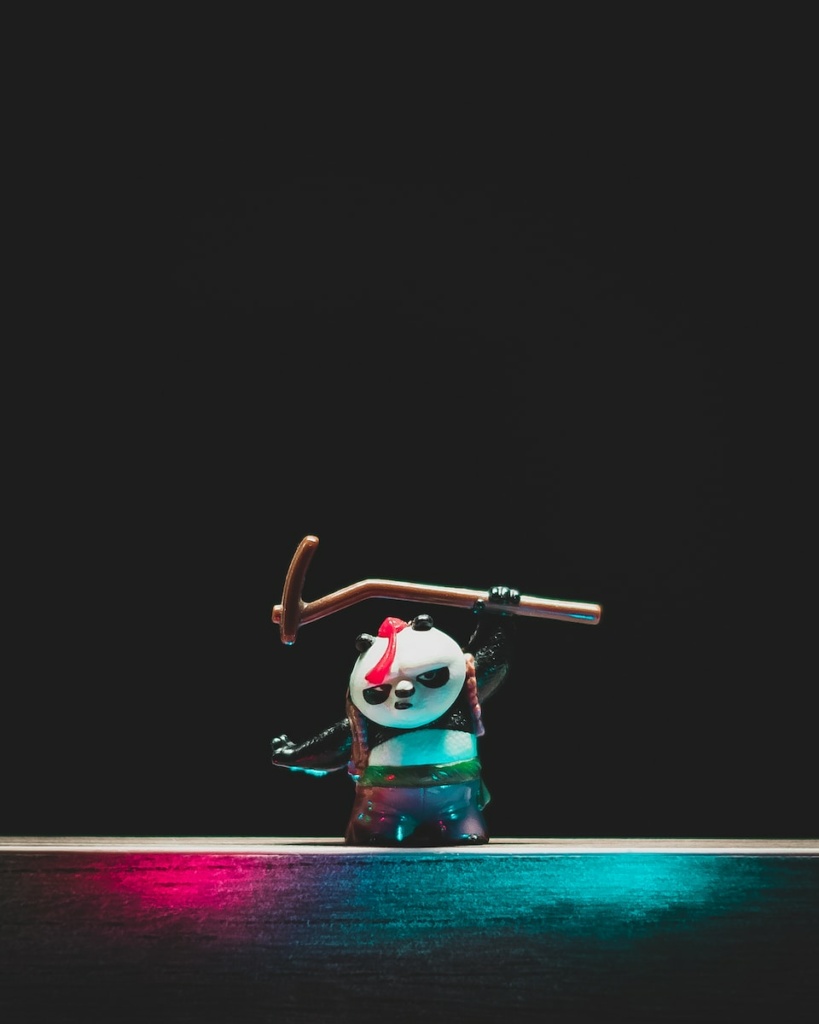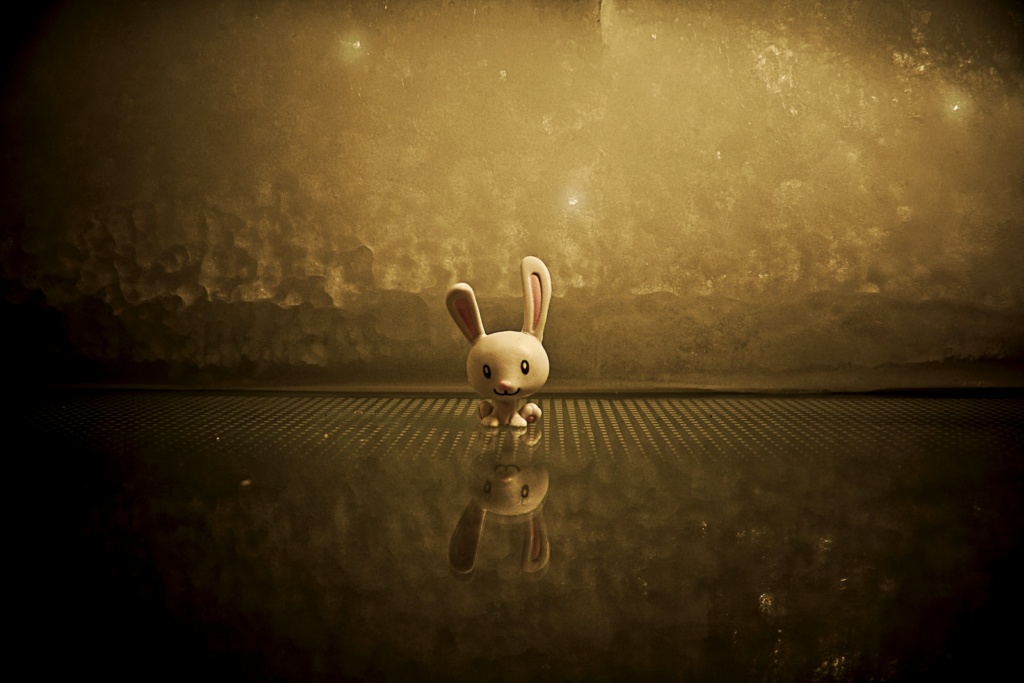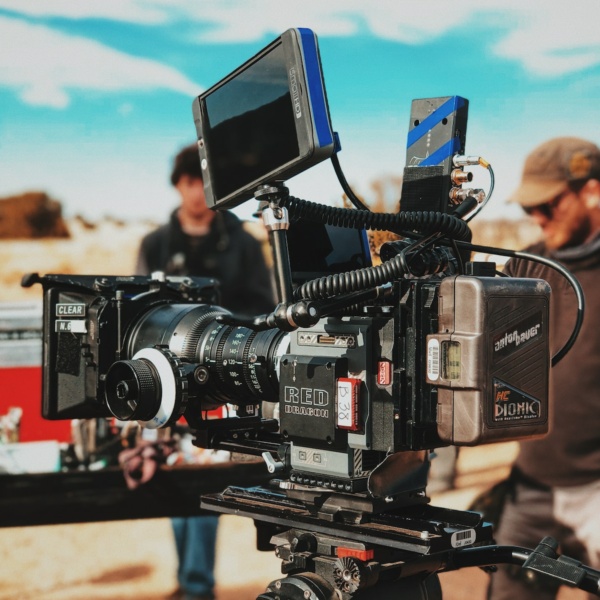
Hello, anime enthusiasts and cultural explorers! Emma here, your trusty cinematic tour guide, and today, we’re embarking on a journey through the mesmerizing world of anime and its profound impact on Western animation and pop culture. In this article, we’ll explore how the rich tapestry of Japanese animation has woven its way into the fabric of Western storytelling, unleashing a wave of innovation, inspiration, and international fandom. So, grab your favorite ramen bowl and join me as we delve into this captivating fusion of Eastern and Western creativity, seasoned with a sprinkle of humor and garnished with real-world examples.
The Anime Invasion: A Global Phenomenon
Anime, once considered a niche interest, has transformed into a global phenomenon that transcends borders, languages, and generations. Its unique storytelling, artistry, and cultural depth have left an indelible mark on Western animation and pop culture.
Example: “Dragon Ball Z,” with its iconic battles and memorable characters, played a pivotal role in introducing Western audiences to the world of anime.
Example: Studio Ghibli’s enchanting films like “Spirited Away” and “My Neighbor Totoro” captured the hearts of viewers worldwide, earning critical acclaim and sparking cultural conversations.
Artistic Inspiration: Aesthetic Cross-Pollination
Anime’s distinctive art style, characterized by its vibrant colors, exaggerated expressions, and intricate details, has inspired Western animators and artists alike.
Example: The animated series “Avatar: The Last Airbender” drew heavily from anime influences, both in its visual style and storytelling, resonating with a global audience.
Example: The video game industry has seen a surge in anime-inspired titles, from the cel-shaded graphics of “The Legend of Zelda: The Wind Waker” to the character designs of “Persona 5.”
Narrative Innovation: Complex Storytelling
Anime is celebrated for its willingness to explore complex themes, moral ambiguity, and unconventional narratives, which have influenced Western creators to push the boundaries of their storytelling.
Example: “Neon Genesis Evangelion” challenged traditional mecha anime tropes with its psychological depth and exploration of existentialism.
Example: “Cowboy Bebop” blended genres seamlessly, incorporating elements of film noir, jazz music, and space opera, paving the way for innovative Western series like “Firefly.”
Cultural Appreciation: Embracing Diversity

Anime often celebrates diverse cultures, fostering an appreciation for global traditions and perspectives among Western viewers.
Example: “Samurai Champloo” blended hip-hop culture with historical Edo-era Japan, creating a unique fusion of music, style, and storytelling.
Example: The multicultural cast of “Steven Universe” reflects the show’s emphasis on inclusion and acceptance, drawing inspiration from anime’s diverse character dynamics.
The Rise of Cosplay: An Expression of Fandom
Anime conventions have introduced Western audiences to the art of cosplay, where fans dress up as their favorite characters. This trend has grown into a global subculture.
Example: Anime Expo in Los Angeles boasts a massive cosplay community, where enthusiasts celebrate their love for anime through intricate costumes and character portrayals.
Example: Iconic anime characters like Sailor Moon, Goku, and Naruto have become popular choices for cosplayers worldwide, transcending cultural boundaries.
Manga Mania: A Literary Influence
Manga, the Japanese comic book format that often serves as the source material for anime adaptations, has gained a devoted following in the West, inspiring both readers and creators.
Example: “Nausicaä of the Valley of the Wind,” a manga by Hayao Miyazaki, captivated Western readers with its environmental themes and strong female protagonist.
Example: The success of “Attack on Titan” as a manga series led to its adaptation into a global anime phenomenon, showcasing the enduring appeal of manga.
Collaborations and Crossovers

The popularity of anime has led to collaborations and crossovers between Japanese and Western franchises, creating exciting hybrid experiences.
Example: “Kingdom Hearts,” a video game series, combines Disney characters and settings with those from the anime-inspired “Final Fantasy” series.
Example: The “Marvel Future Avengers” anime series, produced by Marvel and Madhouse, brought together iconic Western superheroes and Japanese animation.
Nostalgia and Revivals
The enduring appeal of classic anime series has led to revivals and reimaginings that introduce new generations to beloved characters and stories.
Example: “Voltron: Legendary Defender” reimagined the classic “Voltron” series for modern audiences, blending Western animation with anime-inspired aesthetics.
Example: The “Dragon Ball” franchise continues to evolve with new series like “Dragon Ball Super,” captivating both longtime fans and newcomers.
In Conclusion: A Global Fusion
The influence of anime on Western animation and pop culture is a testament to the power of storytelling and artistic expression. As fans and creators continue to celebrate this fusion of Eastern and Western creativity, we can look forward to a future filled with exciting collaborations, innovative narratives, and a deep appreciation for diverse cultures.
So, dear readers, whether you’re a seasoned anime enthusiast or just dipping your toes into this vibrant world, remember that anime’s influence on Western animation and pop culture is a testament to the universal appeal of great storytelling and creativity.
Until our next cinematic exploration, “Sayonara!”


